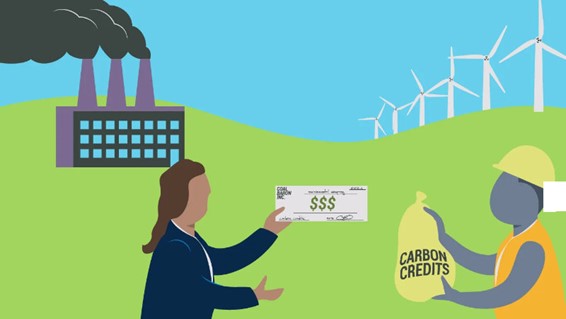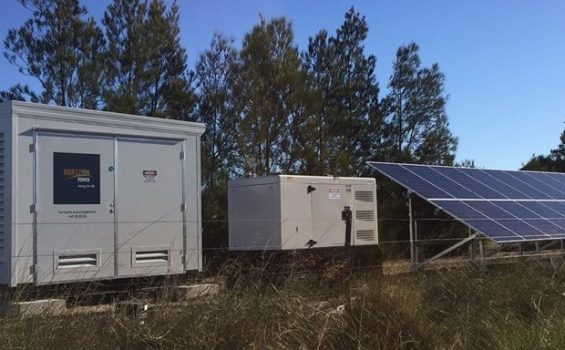
Fossil Fuel Subsidies: What Are They?
9 October 2024
Governments subsidise fossil fuels both directly and indirectly.
Direct Subsidies are direct financial transfers from the government to fossil fuel producers or consumers. They can include tax breaks, cash payments, or subsidised loans.
Tax Breaks and Credits to fossil fuel companies include deductions for the price of fuel, exploration and development costs, accelerated depreciation schedules, or reduced royalty rates.
Research and Development Funding: Governments may fund research and development projects related to fossil fuels, such as improving extraction techniques or developing new technologies for fossil fuel use.
Infrastructure Support: Governments may invest in infrastructure that supports fossil fuel production and consumption, such as pipelines, ports, or refineries.
Price Controls: Governments may artificially lower the price of fossil fuels for consumers through price controls or subsidies, making them more affordable.
Externalities: Governments often do not fully account for the external costs associated with fossil fuel use, such as air pollution, water pollution, and greenhouse gas emissions. This omission is not because these costs are unimportant, but because there are few official estimates, and because such estimates are difficult to calculate, and are often contested. Furthermore, these wider costs are borne by the community and the natural environment, not by governments directly. By not pricing these costs, governments effectively subsidise fossil fuels by allowing them to be sold at a lower price than their true cost.
How much is this costing the world?
World governments agreed at the COP26 climate summit in Glasgow in 2021 to phase out fossil fuel subsidies. However, since then the International Monetary Fund estimates global fossil fuel subsidies have risen from $2 trillion to $7 trillion, as governments around the world move to protect consumers from rising energy prices[i].
How much is this costing Australia?
Australia’s subsidies to fossil fuel producers and major users from all governments totalled $14.5 billion in 2023–24, an increase of 31% on the $11.1 billion recorded in 2022–23. $14.5 billion equates to $27,581 for every minute of every day, or $540 for every person in Australia. Fossil fuel subsidies in the forward estimates have reached $65 billion. This figure is 16 times more than the disaster-ready fund designated for response to climate disasters.
How much is this costing WA?
Western Australia committed $419 million in assistance to fossil fuel industries in 2023–24, with longer-term commitments worth $1.1 billion. A significant majority, 90% or $375.9 million, of the assistance provided by the WA government is only ‘partially targeted’ at the fossil fuel industry. This is targeted at industry development assistance and investment promotion schemes that notionally support all industries, and/or the transition to net zero emissions, but which often explicitly support further gas industry development, or carbon sequestration activities. Further, WA is an economy heavily influenced by mining and fossil fuel extraction, making up 45% of Gross State Product in 2022–23, and so any general industry assistance or facilitation program is likely going to support the fossil fuel industry to some degree.
In 2021-22 and 2022–23:
- The state-owned Collie and Muja coal power stations received a total of $21 million for upkeep and a total of $250 million in capital spending.
- The gas-fired power stations Cockburn, Pinjar and Kwinana received $26 million out of a total of $143 million budgeted for capital spending in forward estimates.
- Ports that ship liquified natural gas and other petroleum products, or assist the offshore gas sector, received $141 million as part of $357 million in budgeted spending that at least partly benefits the oil and gas sector.
In 2010 the Western Australian Treasury calculated that since the 1970s it had committed around $8 billion in net present value terms to assist the North West Shelf gas project through various subsidies.
No royalties are paid on two-thirds of the gas exported from WA. No royalties are paid on gas exported from Chevron’s Gorgon and Wheatstone projects, Woodside’s Pluto LNG and Shell’s Prelude.
What are these subsidies?
Federal Government tax concessions make up a large part of these subsidies. They lower the price of fossil fuels for selected users, reduce government revenue, transfer costs onto other parties, and reduce incentives to minimise fossil fuel use and related pollution.
- The Fuel Tax Credit Scheme is Australia’s single largest fossil fuel subsidy. It allows businesses to claim a tax credit on fuel used in machinery, vehicles over 4.5 tonnes and vehicles not used on public roads. It subsidises the consumption of fossil fuels and fossil fuel producers themselves are key beneficiaries. The scheme cost $9.6 billion in 2023-2024 and is forecast to reach $11.29 billion in 2025-26. The cost of the Fuel Tax Credit remains one of the top twenty expense items in the Federal Budget, greater than government spending on the Australian Army or the Air Force.
- Other Federal Government tax concessions cost $1.9 billion in 2023–24. including $1.62 billion in aviation fuel concessions.
- Reduced Petroleum Resource Rent Tax (PRRT) receipts from major oil and gas producers totalled $165 million. The PRRT is a special levy designed to make sure Australians benefit from the extraction of our gas and oil resources, and yet the revenue of the PRRT has barely grown along with the profits and size of the gas industry because of tax concessions The fact is the Australian government collects more money from students paying HECS than it does from gas companies paying the PRRT.
In 2022-23, the Federal Government also budgeted:
- $1.9 billion to assist the Middle Arm petrochemical hub in Darwin,
- $141.1 million over 10 years to assist carbon capture and storage (CCS) projects, and
- $217 million to build roads explicitly for the onshore gas industry in the NT.
- The government-owned Australian Rail Track Corporation spent $129 million on upgrading Hunter Valley coal railways to “secure their long-term reliability and productivity”.
In addition to these explicit subsidies, the International Monetary Fund (IMF) found that in 2022-2023 Australia granted another $55.6 billion in implicit subsidies [or externalities], with taxpayers footing the bill for premature deaths and poor health caused by air pollution, as well as environmental damage and global warming.[ii]
Consequences
The IMF calculates that if fossil fuel prices were fully reformed — so prices reflected both the costs of producing the fuel and all of its environmental costs — then in 2025, global carbon dioxide emissions would be reduced by 36 per cent. That could put the world on track to meet its climate stabilisation goals. Then there are the economic benefits: scrapping fossil fuel subsidies would free up more money for innovation so that competitively priced, clean sources of energy can be scaled up and fossil fuel use can be phased out [iii].
Unless otherwise noted, the data in this explainer are taken directly from the Australia Institute’s two documents: Fossil fuel subsidies in Australia 2023 and Fossil Fuel subsidies in Australia 2024 https://australiainstitute.org.au
[i] https://www.reuters.com/business/environment/global-fossil-fuel-subsidies-rise-despite-calls-phase-out-2023-11-23/
[ii] https://www.smh.com.au/politics/federal/australian-fossil-fuel-subsidies-costing-taxpayers-65-billion-a-year-imf-20230824-p5dz0l.html
[iii] https://www.imf.org/en/Topics/climate-change/energy-subsidies


Discussion